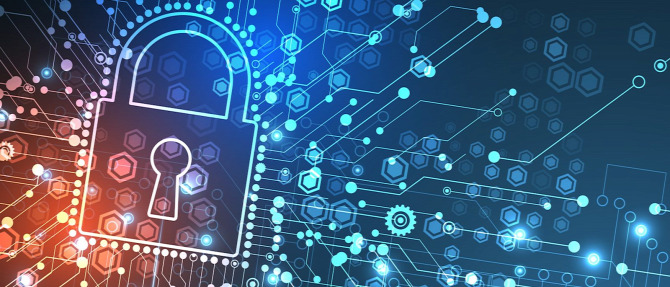How remote virtual security works?
Remote virtual security works by implementing various security measures and protocols to protect computer systems, networks and data in remote or virtual environments. In general, it works as follows:
Secure remote access: Remote virtual security starts with secure remote access mechanisms. Remote access starts with secure remote access: users connect to remote systems using secure methods such as VPN (virtual private network) connections. VPNs create an encrypted tunnel between the user's device and the remote system, ensuring that data transmitted over the network remains secure and protected from interception or eavesdropping.
Once connected to the remote system, users must authenticate themselves to prove their identity. This is usually done using usernames and passwords or more secure methods such as two-factor authentication (2FA) or biometric authentication. The remote system checks the user's credentials before granting access.

Data encryption: remote virtual security uses encryption to protect data during transmission and storage. Encryption algorithms are used to encrypt data, making it unreadable to unauthorized users. This ensures that even if data is intercepted, it remains secure and cannot be accessed without the decryption key.
Endpoint security is another important aspect of remote virtual security. It focuses on protecting the devices (endpoints) used to access remote systems. Here's how it works:
Virus and malware protection: endpoint security solutions include antivirus and anti-malware software that scans and detects malware on devices. These solutions help prevent malware infection and protect against known threats.
Firewall protection. They monitor and control inbound and outbound network traffic, preventing unauthorized access to devices and blocking malicious connections.
Patch management. Software vendors release patches and updates to fix vulnerabilities and resolve security issues. Ensuring that endpoints are up to date with the latest patches helps protect against known vulnerabilities.
Device encryption: encryption of data on endpoints provides an additional layer of security. In the event that a device is lost or stolen, the encrypted data remains inaccessible to unauthorised persons, which helps protect sensitive information.
Secure configuration: applying secure configurations to endpoints reduces the attack surface. This includes disabling unnecessary services, enabling strong passwords, and implementing security policies that ensure devices are properly configured for remote access.
Endpoint monitoring: It is essential to monitor endpoints for suspicious activity and potential security incidents. Endpoint security solutions often include monitoring features that detect anomalies, unauthorized access attempts or other suspicious behavior.
Remote device management: Remote device management tools allow organisations to remotely monitor and manage endpoints. These tools enable tasks such as software updates, policy enforcement and remote troubleshooting to ensure endpoint security and uptime.
By implementing these endpoint security measures, organisations can better protect their remote systems and data from a variety of threats and vulnerabilities.



Utolsó kommentek